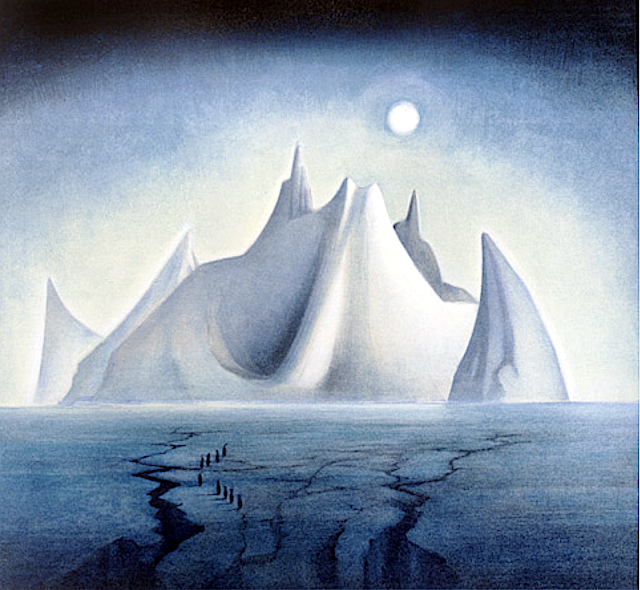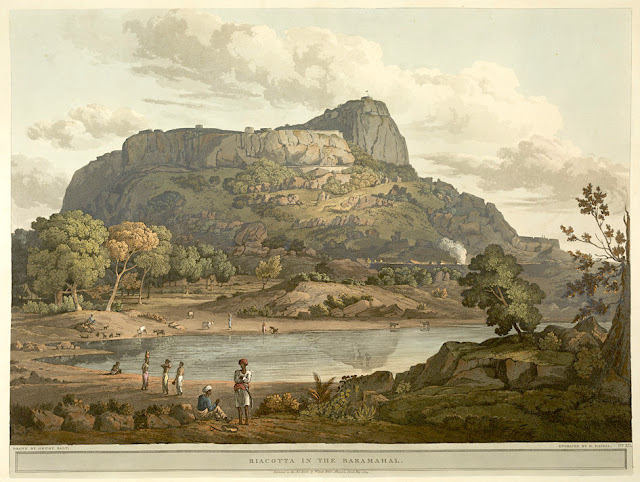
John Minton (1917-1957)
Monte Rotondo (2,622 m -8,602 ft)
In Corte, Corsica, ink on paper, 1947, 40 x 24,3cm, Tate
About this work
Minton visited Corsica in the late summer of 1947 with Alan Ross in connexion with their book Time was away, published by John Lehmann the following year; Minton did the illustrations, Ross the text. A group of Minton's drawings of views in Corsica was exhibited at the Lefevre Gallery in February 1949.
The mountain
Monte Rotondo (2,622 m - 8, 602 ft) visible from the town of Corte , Corsica (France) is the highest point of the second highest massif in the island ahead of those of Monte Renoso and Monte Incudine. It is located in the center of the island between the pits of Talcini, Venaco, Rogna and Sorroinsù. The summit overlooks, among others, Lake Bettaniella (on the south face), Lake Oriente and Lake Galiera (on the north face). Its main peaks are Monte Rotondo, Maniccia, Monte Cardo, Monte d'Oro, Punta Artica and Punta alle Porte.
l has long been considered the highest point on the island and was assigned an altitude of 2,746 meters. It has only been dethroned on the shelves by Monte Cinto for about a century. In 1802, André François Miot, Councilor of State appointed in Corsica by Bonaparte was the first to make the “tourist” ascent to the summit. With two other Corsican peaks, Monte Cinto and Monte Stello, Monte Rotondo served at the geodesic junction between Corsica and mainland France made by Paul Helbronner in 1925. The establishment of facilities such as the shelter have allowed the summit to be occupied for 14 days.
The artist
Francis John Minton was an English painter, illustrator, stage designer and teacher. After studying in France, he became a teacher in London, and at the same time maintained a consistently large output of works. In addition to landscapes, portraits and other paintings, some of them on an unusually large scale, he built up a reputation as an illustrator of books. In the mid-1950s, Minton found himself out of sympathy with the abstract trend that was then becoming fashionable, and felt increasingly sidelined. He suffered psychological problems, self-medicated with alcohol, and in 1957 died by suicide. In the Oxford Dictionary of National Biography's entry on Minton, Michael Middleton writes:
"Minton is often seen as an illustrator rather than a painter. He certainly extended and enriched the English graphic tradition. In all his varied output, however, may be sensed an elegiac awareness of the evanescence of physical beauty that is entirely personal. His work is to be found in the Tate collection, and many public and private collections at home and abroad. A retrospective exhibition of 1994, curated by his biographer, Frances Spalding, provided a convincing reminder of the range of his gifts. For the historian he must remain a potent symbol of his period."
___________________________________________
2021 - Wandering Vertexes...
by Francis Rousseau
















